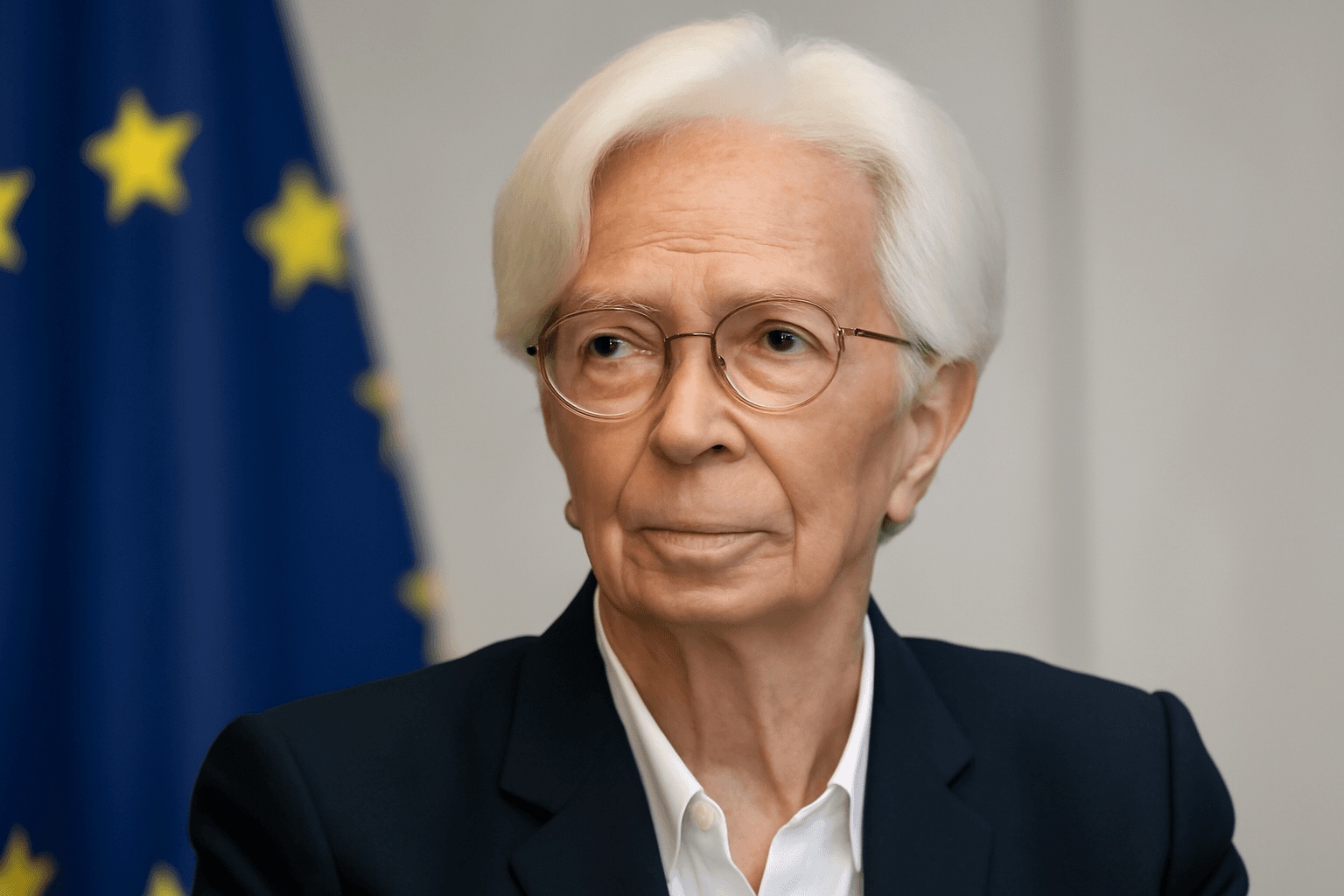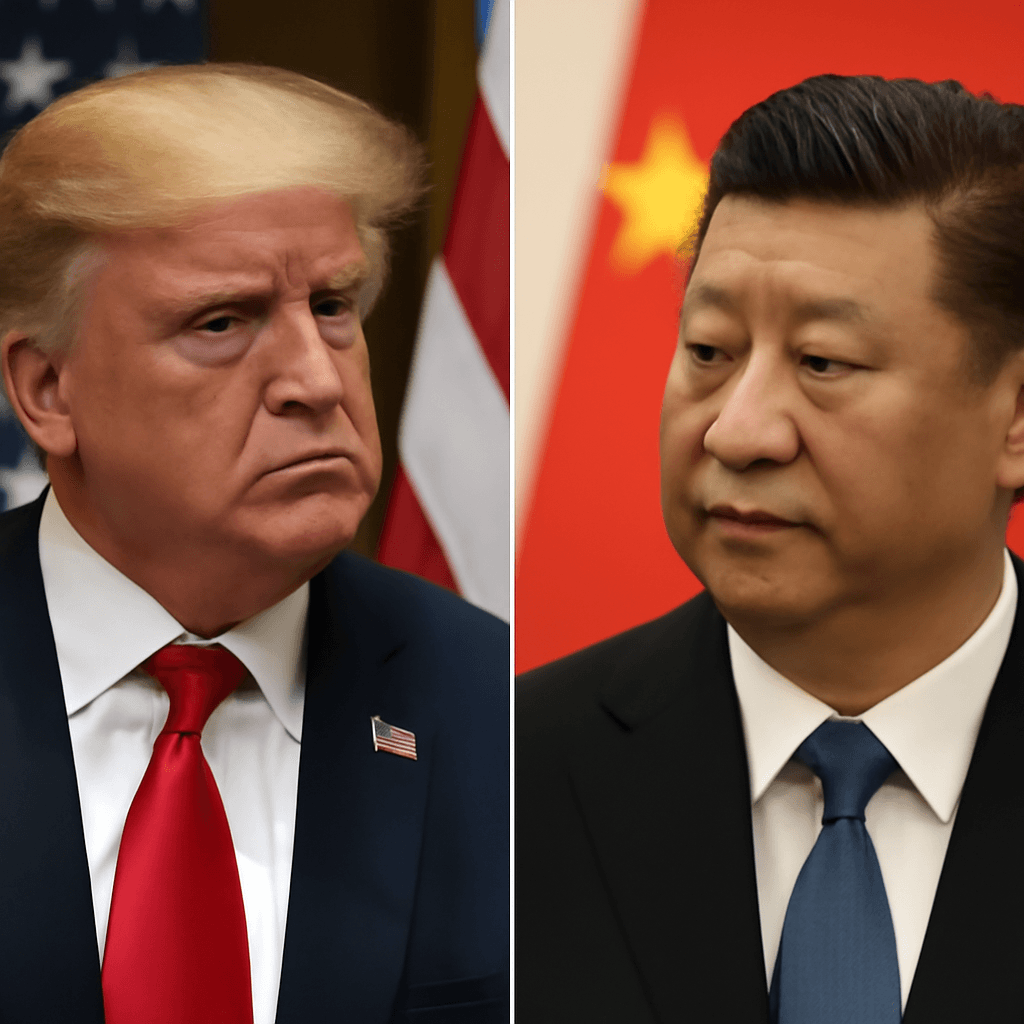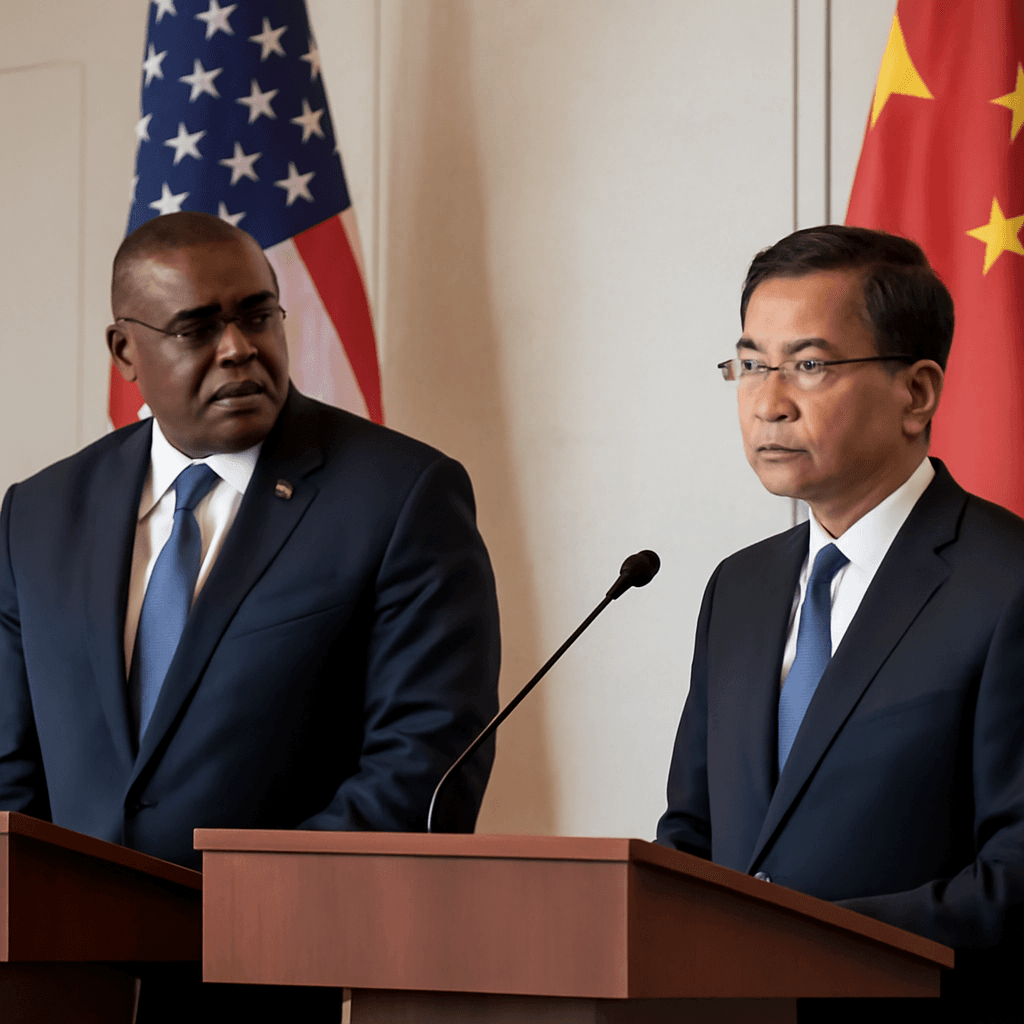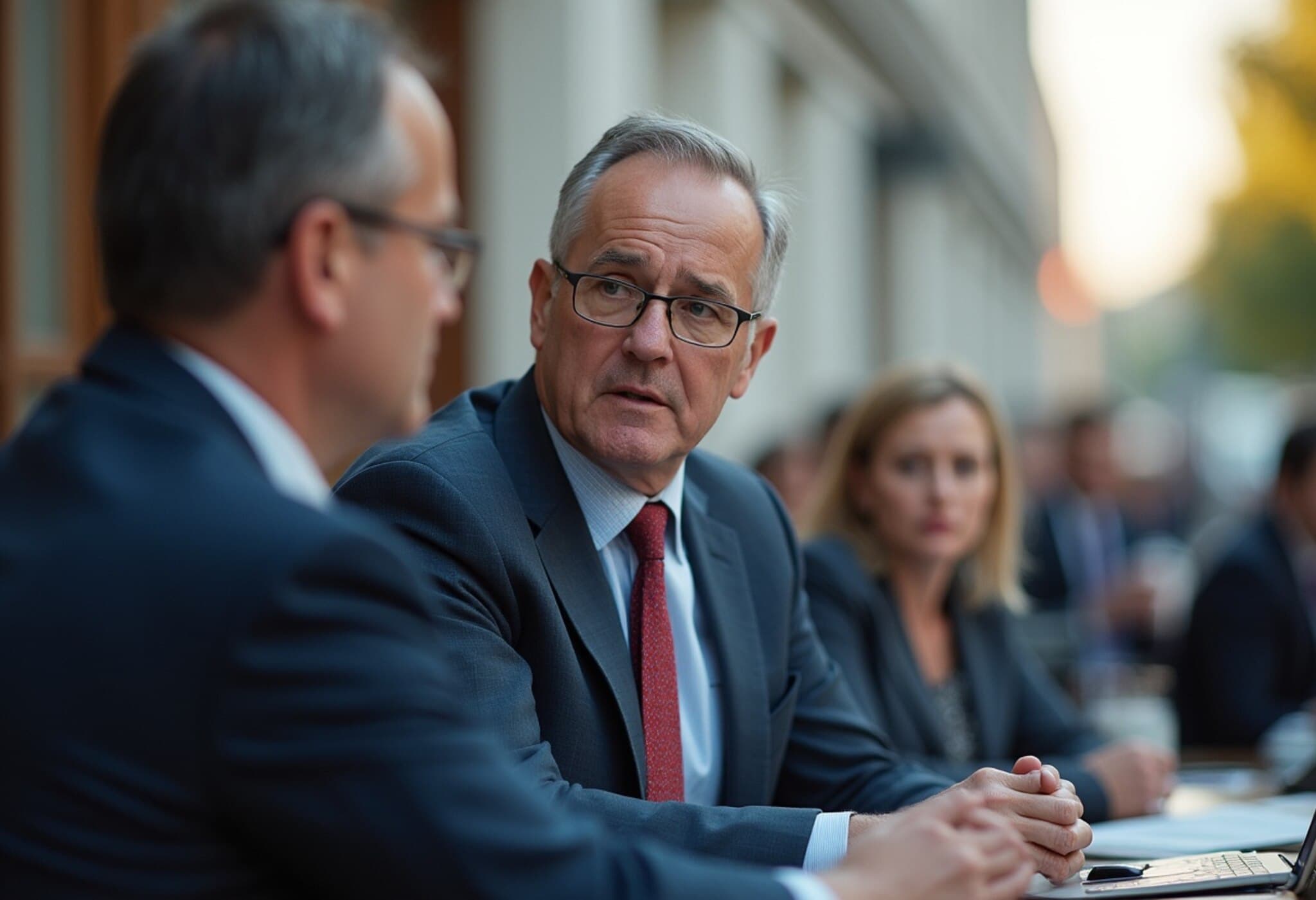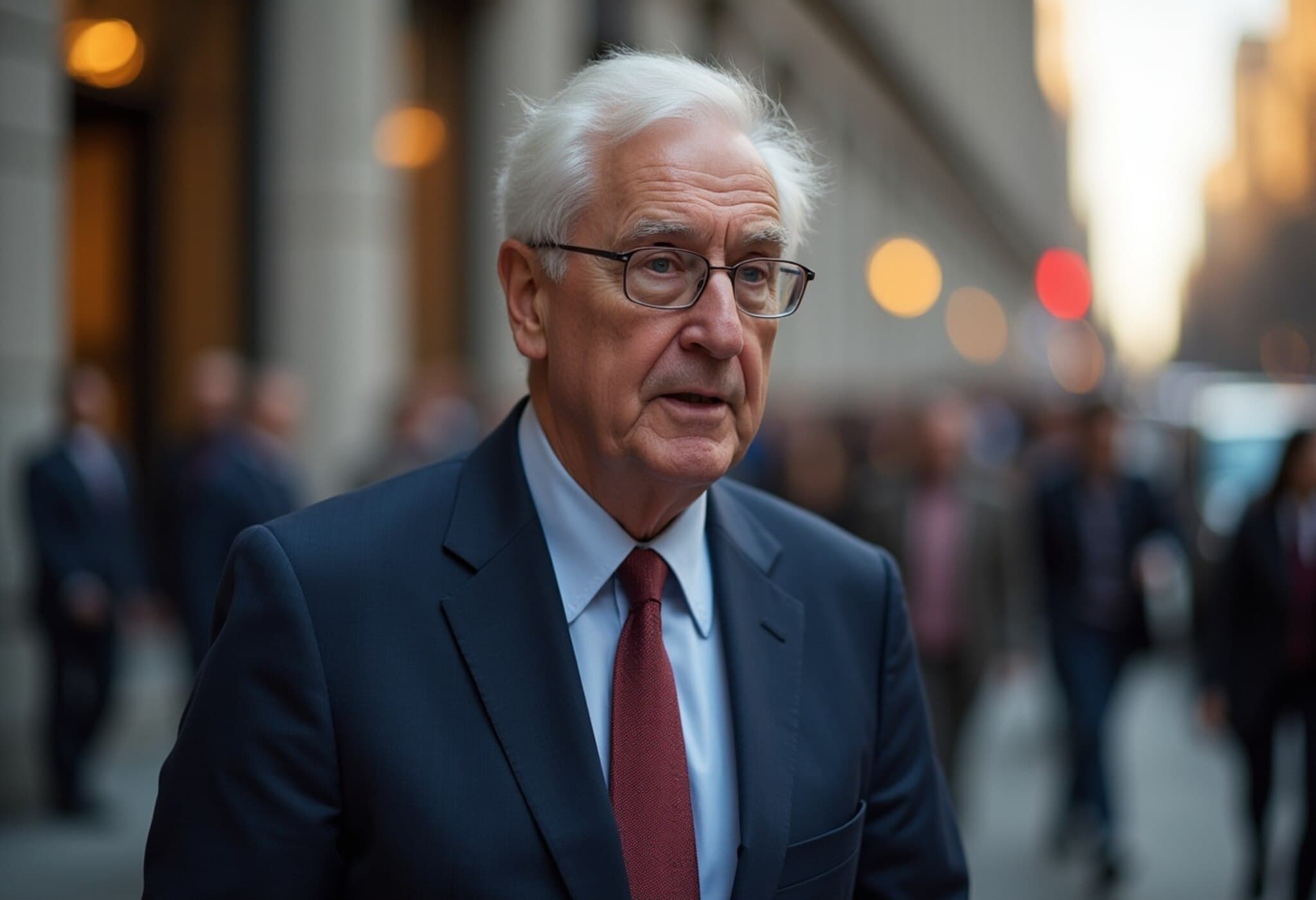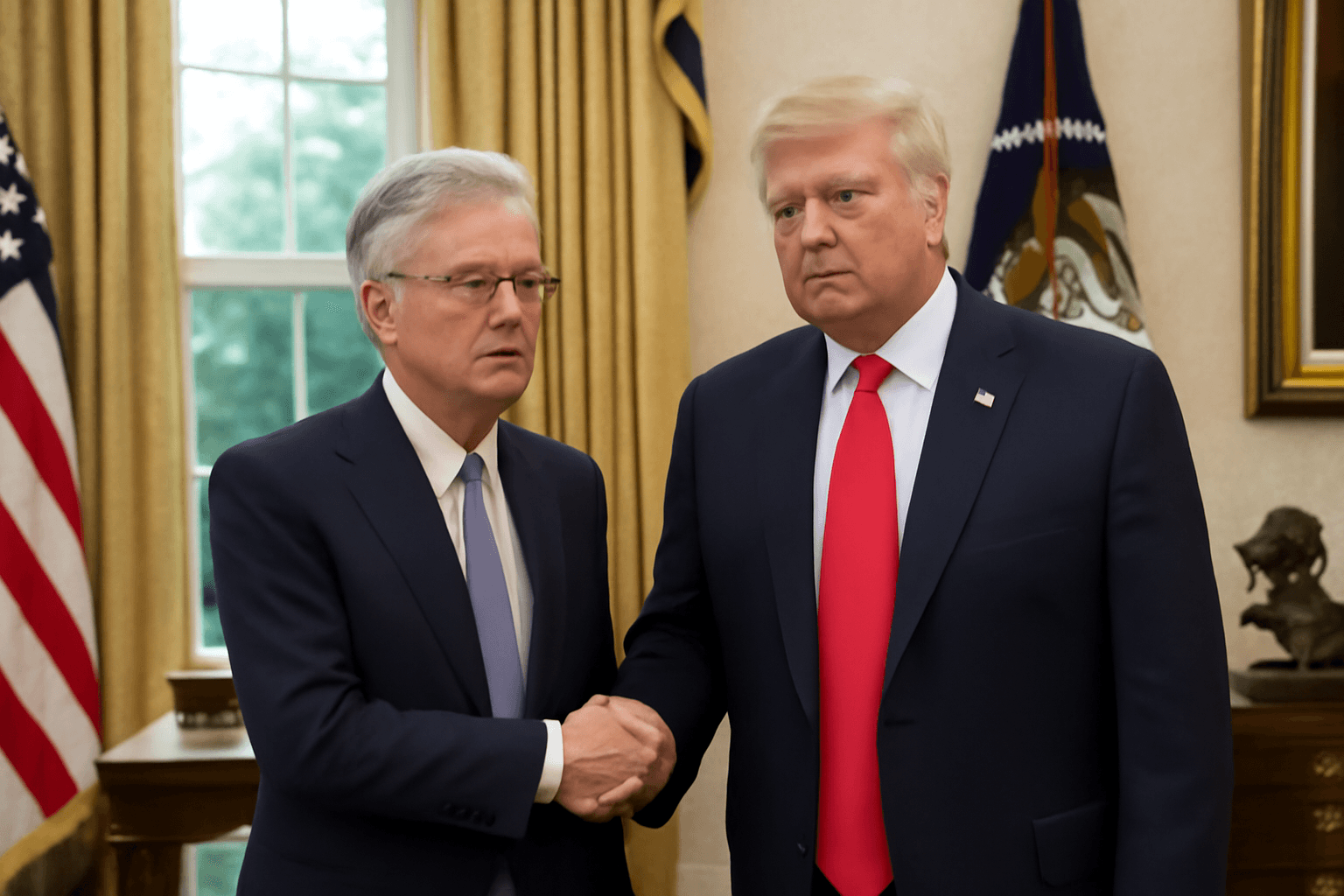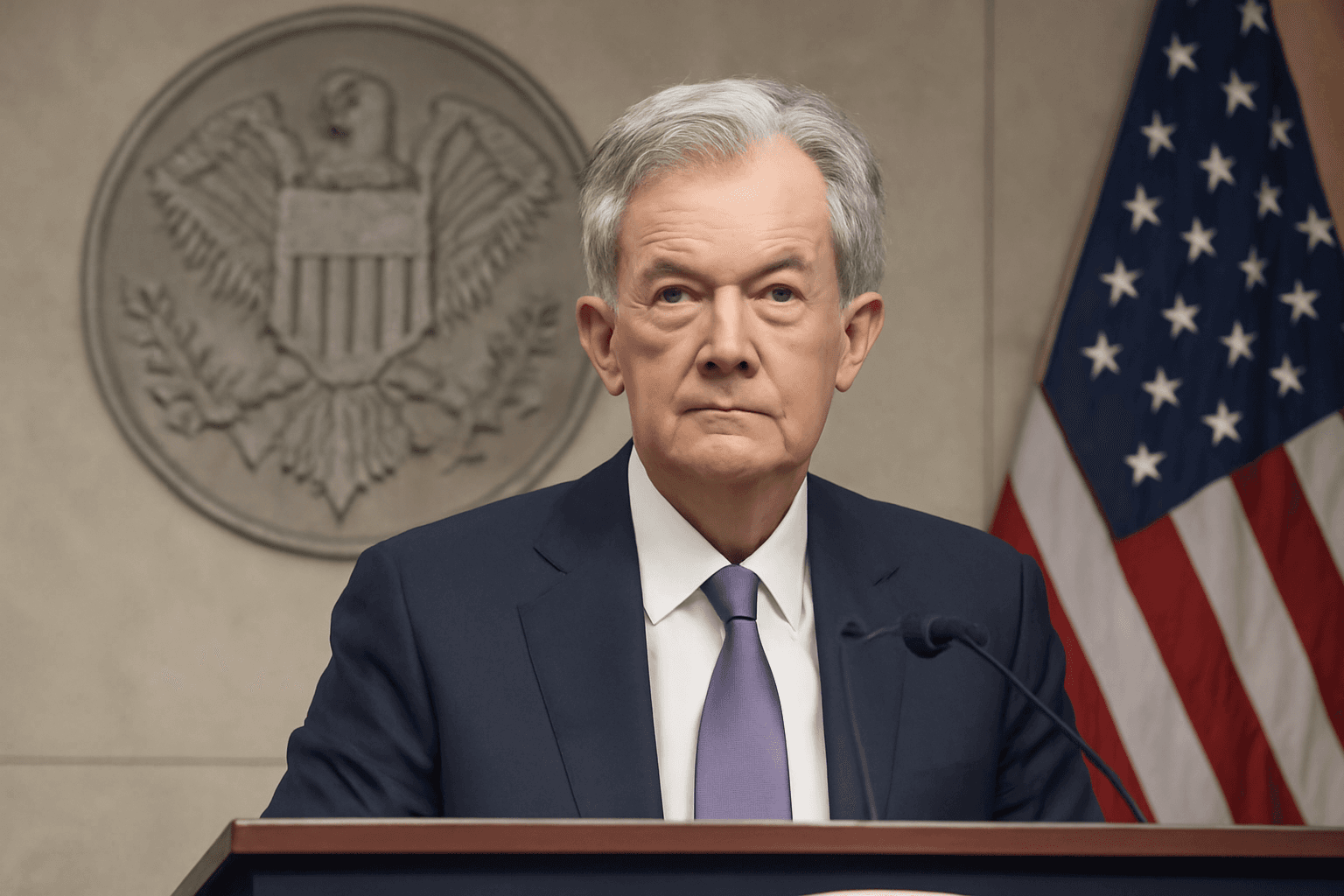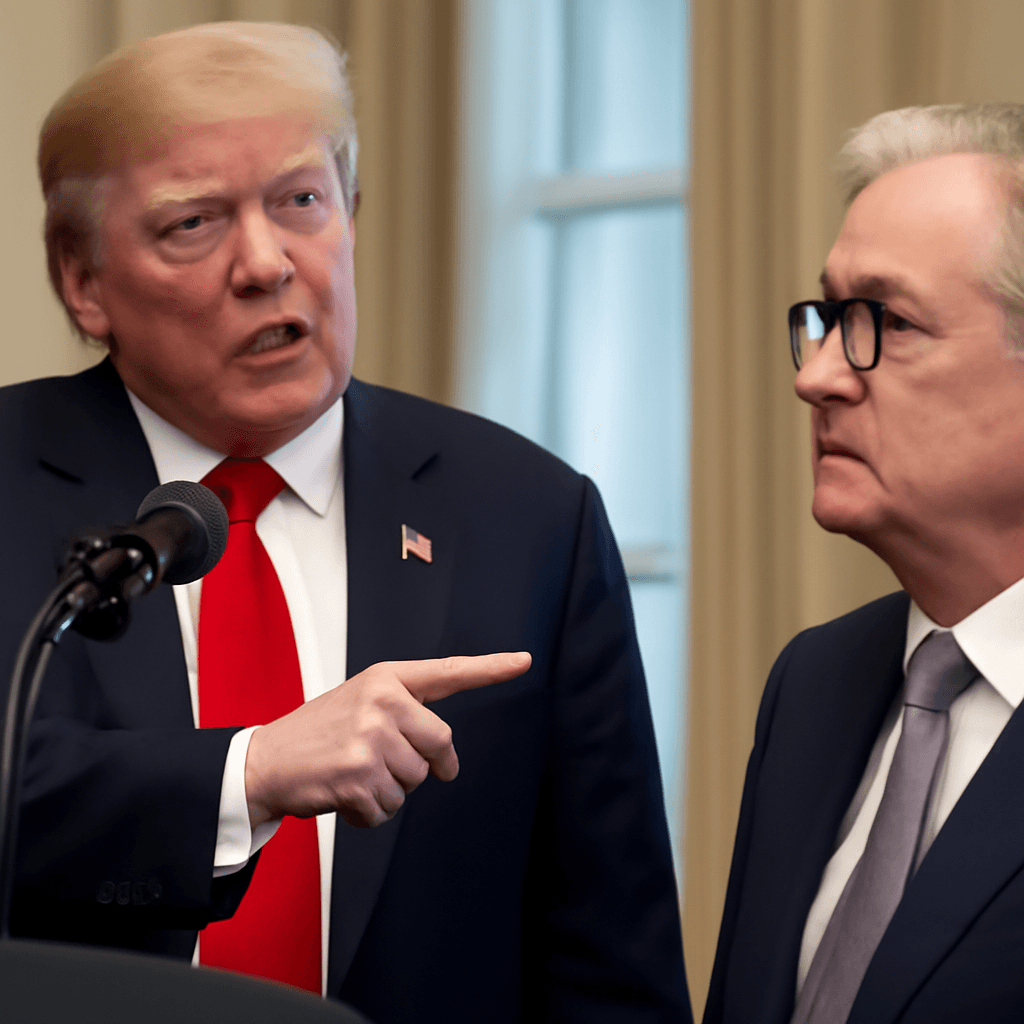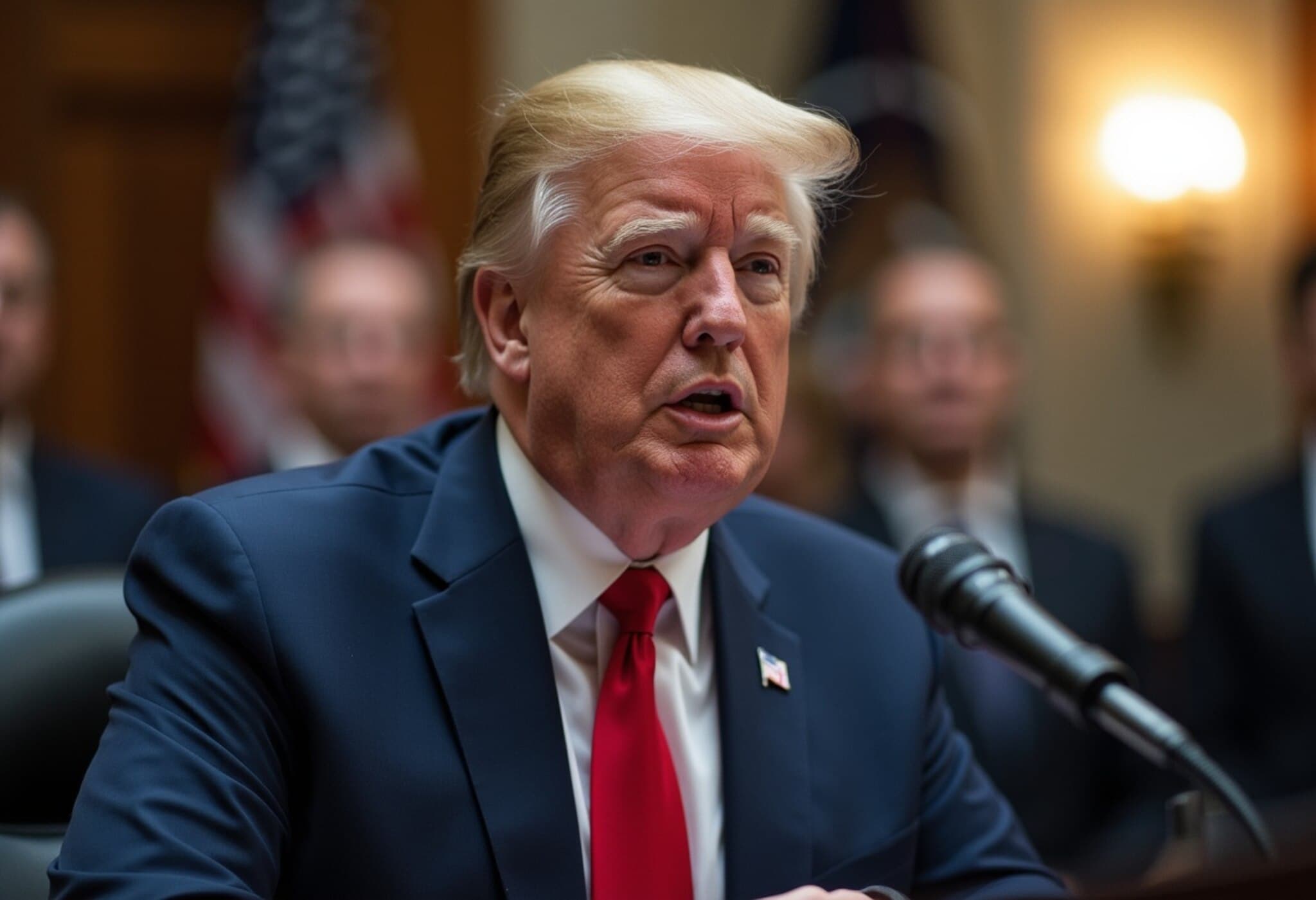Federal Reserve Maintains Interest Rates, Signals Potential Cuts
On Wednesday, the U.S. Federal Reserve opted to keep interest rates steady within the 4.25% to 4.5% range, a level maintained since last December. Alongside this decision, the Fed’s latest "dot plot" forecast continues to suggest two potential rate cuts by the end of 2025, reflecting an evolving economic outlook.
Inflation Expected to Edge Above 3% in 2025
The central bank updated its inflation projections, predicting that the personal consumption expenditures (PCE) price index will exceed 3% next year — an upward revision from the previous forecast of 2.8%. This surge points to sustained inflationary pressures despite recent efforts to curb them.
Growth Outlook Dims Amid Emerging Inflation Concerns
Along with the inflation update, the Fed lowered its economic growth forecast to 1.4% for 2025, down from an earlier 1.7% estimate. While the economy shows resilience now, Federal Reserve Chair Jerome Powell acknowledged that growth will inevitably slow. Caution over a possible stagflation scenario—a combination of slow growth and rising prices—is growing within policy circles.
Tariffs’ Delayed Impact on Inflation
Powell emphasized that tariffs imposed on imports are beginning to push prices higher, with increases set to reach consumers over time due to the slow transmission of costs along supply chains. Though recent indicators like a stable unemployment rate of 4.2% and modest consumer price index (CPI) increases suggest short-term stability, the Fed anticipates more inflationary ripple effects to surface in the coming months.
Market Reaction: U.S. Stocks Steady, Asia Markets Dip
Following the Fed announcement, U.S. markets showed little movement: the S&P 500 dropped by 0.03%, the Dow edged down 0.1%, and the Nasdaq slightly rose by 0.13%. Oil prices also remained relatively flat. In contrast, Asia-Pacific markets experienced sharper declines, with Hong Kong’s Hang Seng Index falling nearly 2%. Meanwhile, Japan’s shares in Nippon Steel jumped over 3% after closing a significant acquisition.
Geopolitical Tensions: Iran and US Policy Updates
In the international arena, Israeli President Isaac Herzog stated that regime change in Iran is not an official goal of his government. Instead, the focus remains on curtailing Iran's nuclear program. Herzog also mentioned ongoing backchannel diplomatic efforts to ease regional tensions.
Meanwhile, former U.S. President Donald Trump expressed uncertainty about ordering military strikes against Iran, despite escalating conflict concerns. U.S. authorities are arranging evacuation flights and cruise options for American citizens leaving Israel amid the unrest.
Investor Sentiment Shifts Toward Emerging Markets
Institutional investors appear increasingly optimistic about developing economies, including Vietnam and India, even as the U.S. nears the end of a 90-day tariff pause on these countries. Bank of America’s latest Fund Manager Survey reveals growing enthusiasm toward emerging markets, signaling potential pivots in global investment strategies.
Diplomatic Strains Between U.S. and India
A recent phone call between Indian Prime Minister Narendra Modi and Donald Trump highlighted diplomatic friction. Modi firmly rejected any notion of U.S. mediation between India and Pakistan, emphasizing a unified political stance against external interference. The Indian government also denied discussing any trade agreements during the call, which was reportedly initiated by Trump.



